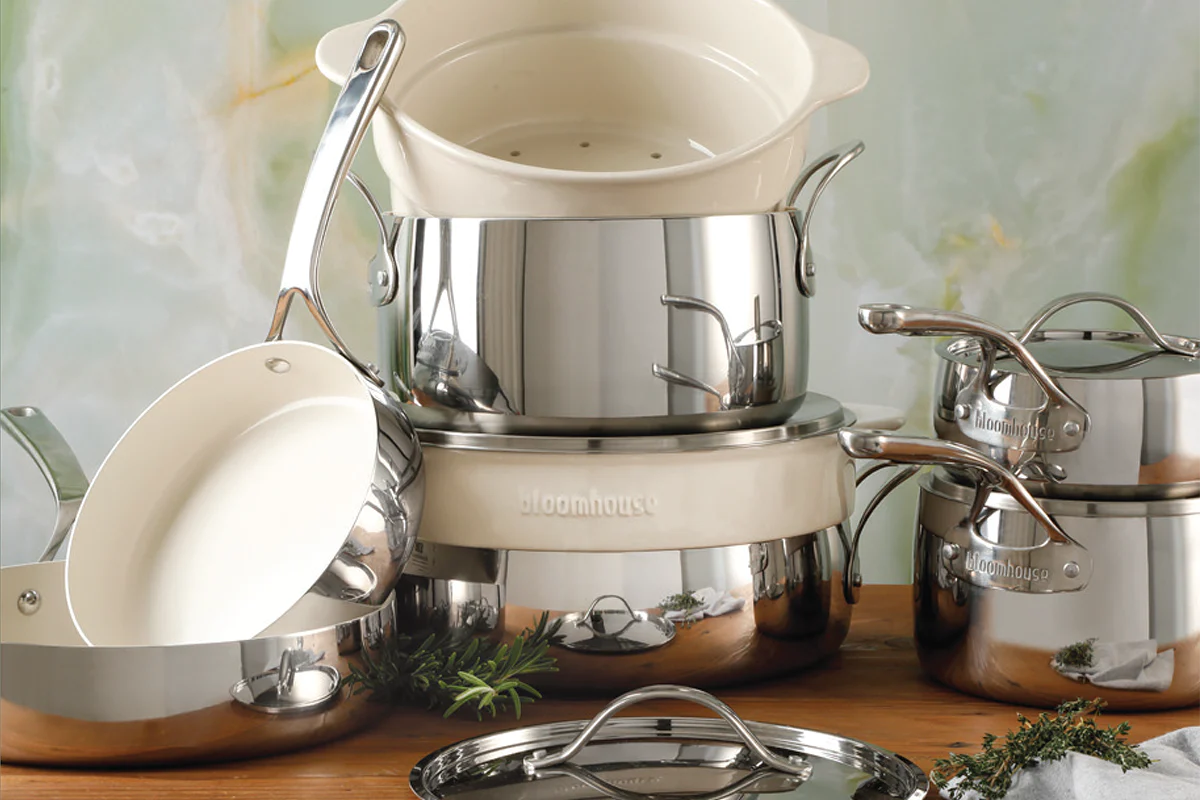One of the most important factors that is often overlooked or is considered minor in selecting a new belgique stainless steel cookware is the material it is made of. If you are a serious cook, you certainly need more than your desires to lead you toward the proper equipment for your cooking needs. In fact, understanding the differences between cookware materials will help you in making the finest choice and further on, will allow you to enjoy and preserve your cookware in good shape.
The amount of care required should also be taken into consideration when selecting a cookware. Bear in mind that different cookware types involve different care and maintenance. There are pans that are safe to put in the dishwasher, while other pans can be damaged by dishwasher liquid. Some cookware can simply be wiped out after cooking while other types require soaking. If your cookware can tarnish over time then it obviously requires extra care compared to other types.
Stainless cookware is the most common but also the most friendly when it comes to price and qualities. It is popular for its good tensile strength, outstanding resistance to corrosion and non-reaction with alkaline and acidic materials like tomatoes and wine. Stainless steel pans make excellent sauces after sautéing the food. The only disadvantage is that stainless steel does not conduct heat well. It requires a solid aluminum or copper center to make it more responsive to heat. If you want your food to cook correctly, you need to get a high-quality heavy gauge stainless steel with aluminum sandwiched in-between. Stainless steel cookware is easy and simple to clean. You can wash it in a dishwasher and scrape with nylon pads.
Non-stick cookware is most preferred when cooking and reheating sticky kinds of food. It has a coated surface which means less oil, fat or butter used. Foods don’t stick to the surface of a non-stick cookware. Some cooks like non-stick pans for its easy cleaning, although care must be given while washing a non-stick cookware. To make sure not to scratch the surface, use only wooden or coated utensils like plastic when cooking, and wash in hot soapy water but not in a dishwasher.
Cast iron is probably the most inexpensive cookware. It provides a non-toxic cooking surface that heats evenly and quickly. Once heated, a cast iron cookware maintains the heat for a long time and is ideal for slow cooking and deep-frying. The downside is that cast iron cookware can rust, stain and rough when exposed to air, moisture and certain foods. Do not wash your cast-iron with soap and water. Wipe it with a clean paper towel instead. To put off rust, eliminate any excess moisture from the surface and coat it with oil before storing.
Aluminum cookware is another material that makes up more than half of the cookware today. Aside from its being cheap, aluminum is a good conductor of heat and is used commonly with non-stick pots and pans. The obvious disadvantage is its reaction to acidic and alkaline foods leading to corrosion that spoils the taste of the food cooked. It is why aluminum cookware is frequently coated with stainless steel or anodized coating to save food. Aluminum does not require any particular care. Washing it in soapy water is sufficient. However, if the surface has anodized coating, be careful not to scratch the finish and avoid washing the cookware in a dishwasher.
Lined copper cookware is an expensive material but a good choice for many cooking methods. Copper has the ability to conduct heat uniformly and cooks food more evenly making it taste better. Copper cookware cools down quickly when removed from heat. The disadvantage is that copper interacts with everything it comes in contact with. Moisture in the air causes it to form a poisonous film on it. Salty food causes a chemical reaction that produces a metallic taste in food. This is the reason why copper cookware is lined with tin, silver or stainless steel to improve its qualities. Copper cookware is delicate that requires subtle washing with soapy water and regular polishing with special copper polish to maintain its clear copper shine.

